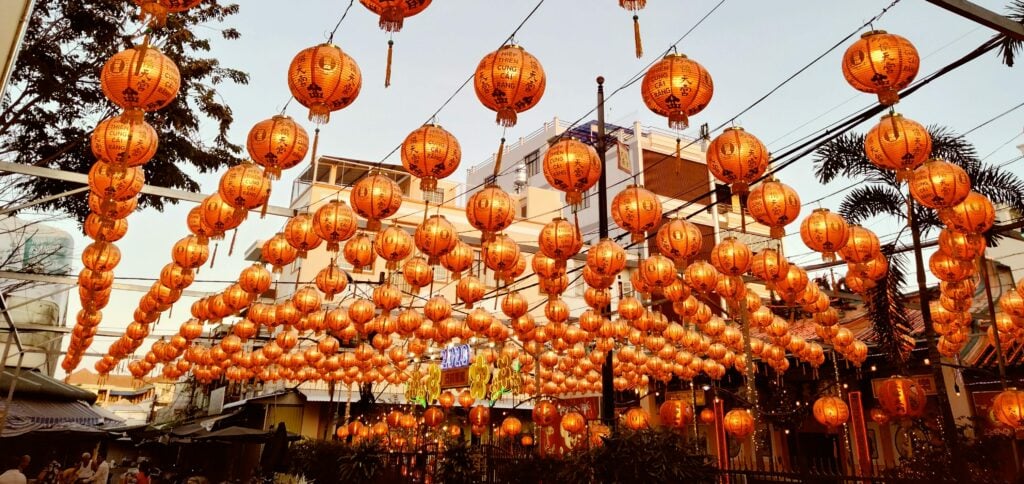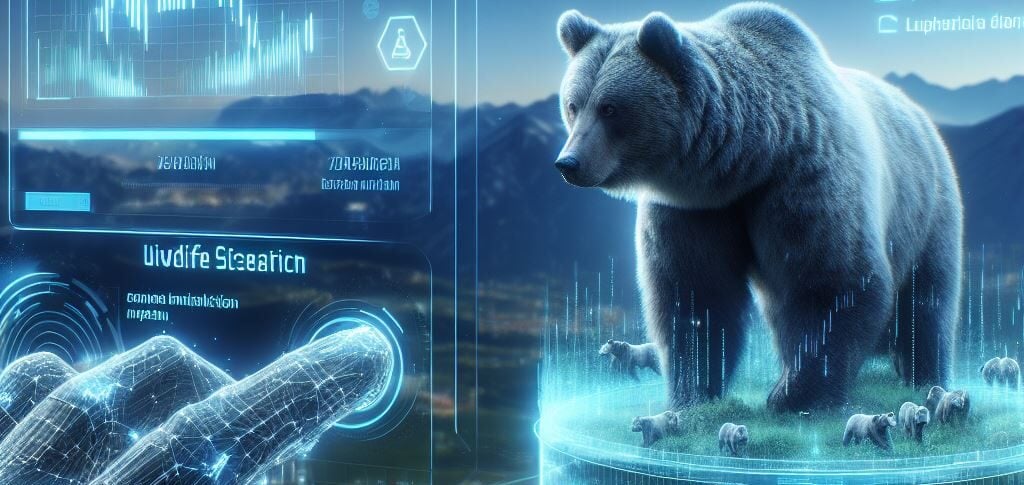The end of a year is the passage of 12 complete cycles of the Moon. So, what marks the beginning of a new year is first New Moon after the winter solstice (generally between January 20th and February 18th).
ADVERTISING

As the world's largest population is Chinese, Lunar New Year is also called Chinese new year, but it is celebrated in different ways, in several different cultures.
In China, for example, 2023 (or 4721) is the year of Rabbit, but in Vietnam it is the year of Cat.
Which countries celebrate Lunar New Year?
In addition to China, Vietnam, South Korea, the Philippines and Japan, the date is celebrated in countries that adopt the lunar calendar, such as Singapore, Malaysia and parts of India.
ADVERTISING
The holiday is also known as Spring Festival, but the date is celebrated even in Western countries, according to the North American publication Farmer's almanac.
In China, it's the biggest festival of the year, with two weeks of festivities and a lot of traveling: there are people who go there for hours to spend the period with family or at the more traditional festivals in Beijing, for example.
But in other countries, such as Singapore, there are only two public holidays, but there are still many celebrations.
ADVERTISING
Lunisolar calendar
O Lunar New Year It is determined by the lunisolar calendar, which, according to most historians, would be at least 2.500 years old.
“The origin of the calendar was people framing their agricultural lives around the phases of the moon. The waxing and waning lunar cycle guided farmers when to work and rest”, explains professor Robert André LaFleur, president of the center for Asian Studies and History at Beloit College, in the US state of Wisconsin, in an interview with with the BBC.

The Chinese zodiac
O Chinese zodiac is made up of animals in a cycle that repeats every twelve years. How and why is not known for sure. But each year it is represented by an animal.
ADVERTISING
According to the zodiac calendar published by the magazine ChinaToday: rabbit is the animal of 2023. (National Geographic)
But, in Vietnam, for example, this line of animals is different from the Chinese one, so the year of 2023 will be the cat and not the rabbit.
According to a BBC report, there is a folk tale about a dispute between animals in a race, which would determine their zodiac order: “The mouse uses tricks and comes first by jumping on the ox's back, then jumping ahead at the last moment.”
ADVERTISING
Therefore, for the Chinese the order is: rat, ox, tiger, rabbit, dragon, snake, horse, sheep, monkey, rooster, dog and pig.
The Vietnamese version has: rat, buffalo, tiger, cat, dragon, snake, horse, sheep, monkey, rooster, dog and pig.
And why do we see so many dragons at these parties?

Yes, it is quite common to see paper dragons on top of people on the streets of several Asian countries or huge articulated dragons that look like Brazilian carnival floats.
O dragon is a Chinese symbol of power and good fortune, therefore the presence of this mythological animal is constant in Lunar New Year festivities.
There is also the traditional dragon dance, in which a long puppet is carried by a line of people, in a popular and well-attended parade.
Biggest displacement in China
For many Asians, 2023, or the year 4.721, is the first year – after the start of the pandemic – that there will be family reunions and travel. Because Covid, fought hardest in China, delayed family reunion plans and vacation dreams.

Millions of Chinese have traveled to their hometowns since Thursday (19) to celebrate the long holiday. Train stations and airports were crowded, which raises concerns about a new peak of Covid in the country.
The government forecast is more than two billion trips in a period of 40 days, between January and February in China, in one of the largest mass movements of people in the world.
The arrival of tens of millions of inhabitants in rural areas, where the coronavirus has spread widely, could lead to an increase in the number of Covid-19 cases in these locations, with little health infrastructure. (AFP)
Curto Explain: everything you need to know and are embarrassed to ask!😉
Click to see more explanatory content ⤴️
See also:




